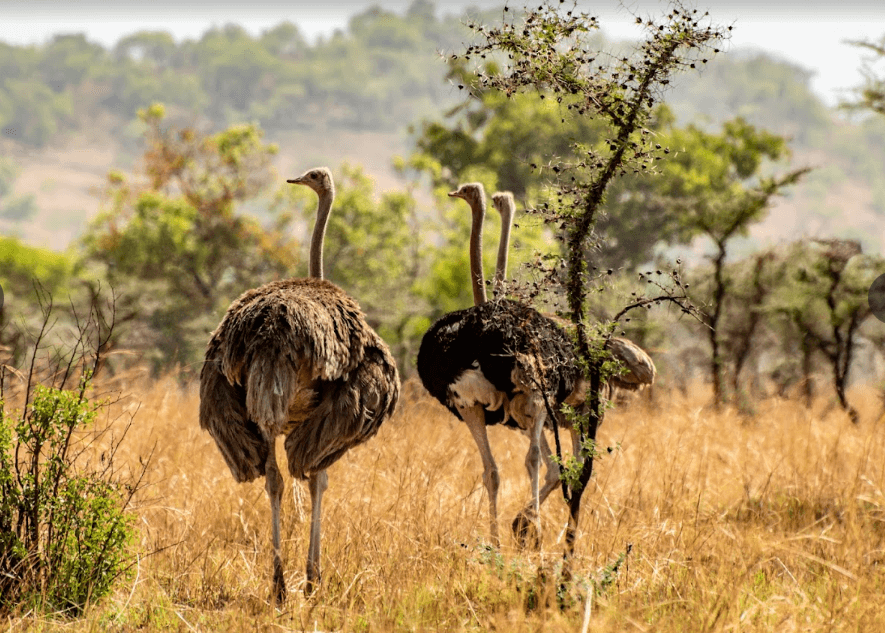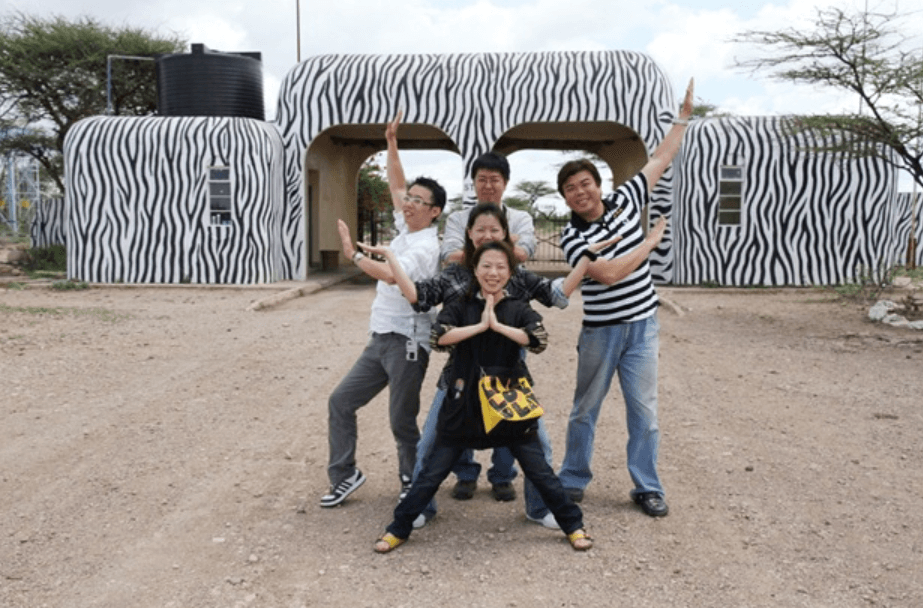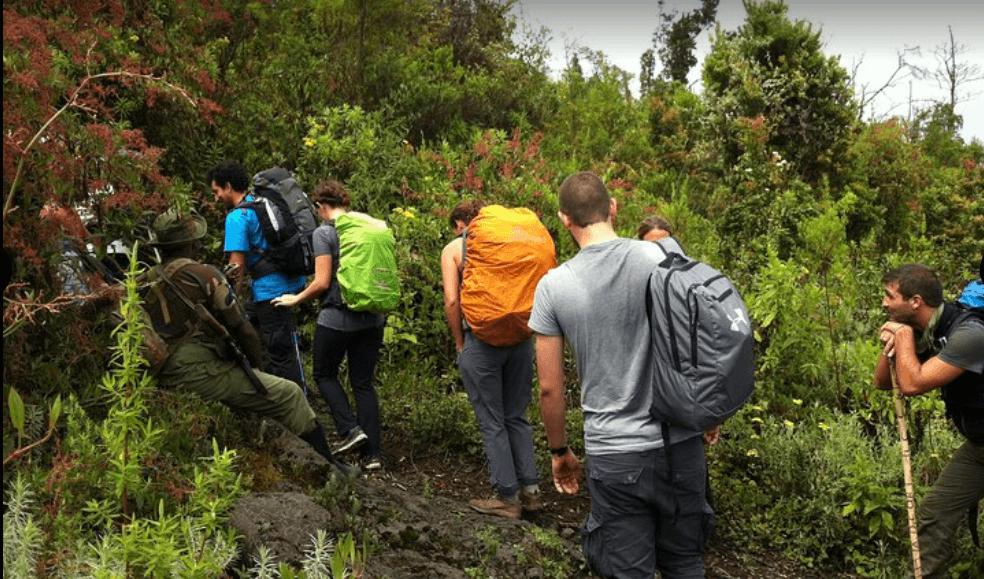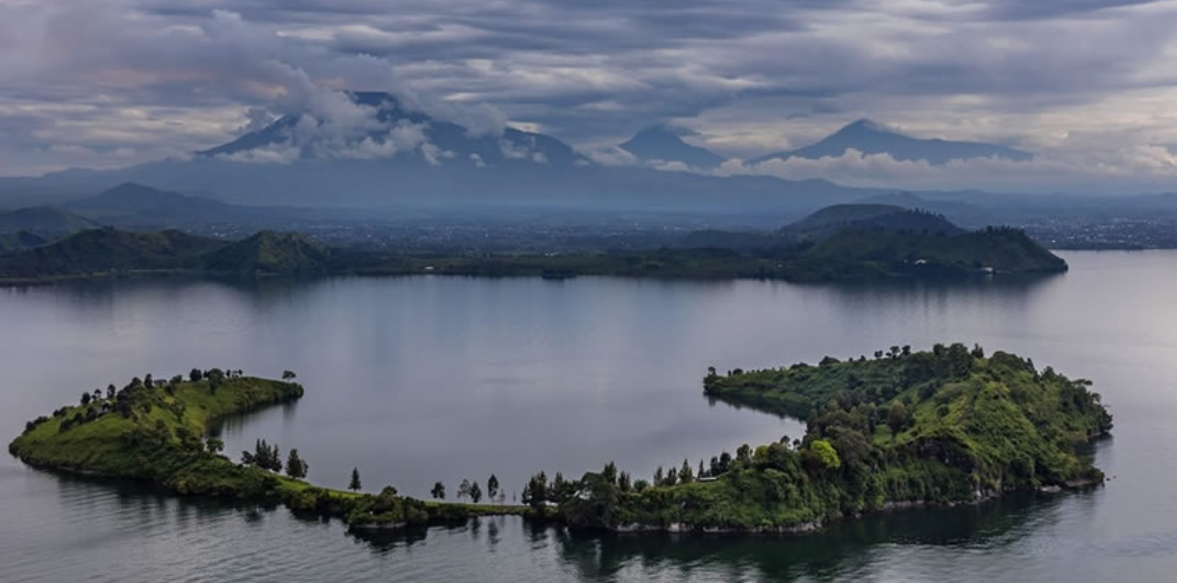Mount Kenya National Park: Complete Guide to Kenya’s Iconic Mountain Destination
Mount Kenya National Park is one of Kenya’s top destinations, featuring the country’s highest mountain and Africa’s second-highest peak. Known for its snow-capped summits, glaciers, and unique alpine vegetation, this UNESCO World Heritage Site draws climbers, adventurers, and nature enthusiasts. Located near the equator, the park combines equatorial and alpine environments, creating a diverse haven for wildlife and stunning landscapes. Whether you’re a climber aiming for its peaks or a traveler seeking pristine nature, Mount Kenya National Park offers an unforgettable experience.
This guide covers everything about Mount Kenya National Park: getting there, attractions, activities, accommodations, and FAQs.
Established in 1949, Mount Kenya National Park protects the unique flora, fauna, and scenic landscapes around Mount Kenya. Spanning over 715 square kilometers, UNESCO designated it a World Heritage Site in 1997 for its biodiversity and geological significance. Mount Kenya itself stands at 5,199 meters, with three primary peaks: Batian (5,199 meters), Nelion (5,188 meters), and Point Lenana (4,985 meters). Batian and Nelion require technical climbing skills, while Point Lenana is accessible to non-technical climbers, making it a popular choice among visitors.
The park’s landscapes are remarkably diverse, ranging from dense montane forests at lower elevations to bamboo forests, moorlands, and glacial valleys higher up. Its unique climate supports a range of ecosystems, each with its own distinct plant and animal species. Mount Kenya National Park is not only an outdoor adventure hub but also an important site for ecological research and conservation.
How to Get To The Park
This Park is accessible from Nairobi and other major cities in Kenya, with several options available depending on budget and preference.
By Air
Flying to the Park is the quickest way to get there. Flights operate from Nairobi’s Wilson Airport to Nanyuki Airport, which is about 30 kilometers from the park’s main entrance. The flight takes around 30-45 minutes, offering aerial views of the scenic central highlands. Upon arrival in Nanyuki, visitors can take a taxi or arrange transport with their lodge to reach the park.
By Road
The Park is about 150 kilometers north of Nairobi, a journey that takes approximately 3-4 hours by car. The most commonly used route is via the Thika Superhighway, which provides scenic views of rural landscapes along the way. The roads to the park are generally in good condition, but a 4×4 vehicle is recommended for rough sections, especially in the rainy season.
Most visitors enter the park through one of its main gates: Sirimon Gate (near Nanyuki), Naro Moru Gate, and Chogoria Gate. Each gate provides access to different hiking routes, so your choice will depend on the route you intend to take.
Top Attractions
Mount Kenya National Park is home to numerous attractions that draw visitors year-round. Here are some must-see highlights within the park.
The Peaks of Mount Kenya
The three main peaks of Mount Kenya — Batian, Nelion, and Point Lenana — are the park’s primary attractions. Batian and Nelion are challenging peaks that require technical climbing skills, while Point Lenana, the third-highest peak, can be reached by hikers with a good level of fitness. Reaching the top of Point Lenana rewards climbers with stunning sunrise views over the plains, making the trek a memorable adventure.
The Glaciers and Snowfields
Despite its location near the equator, Mount Kenya boasts glaciers and permanent snowfields that cover the upper reaches of the mountain. The largest glacier, Lewis Glacier, is visible from the higher trails and offers an awe-inspiring sight for hikers and climbers. The presence of glaciers at such a low latitude is one of the unique features that make Mount Kenya remarkable.
Lake Alice and Lake Michaelson
Lake Alice and Lake Michaelson are two of the most beautiful lakes within the Park. Located along the Chogoria Route, Lake Michaelson is surrounded by rugged cliffs and lush vegetation, providing a picturesque setting for camping or resting during a hike. Lake Alice, situated higher up, offers serene views and is an excellent spot for birdwatching.
The Afro-Alpine Vegetation and Unique Flora
The park’s diverse ecosystems support a range of unique flora, particularly in the Afro-alpine zone. Visitors will encounter giant lobelias, senecios, and tussock grasses that are adapted to the mountain’s unique climate. The contrast between these giant plants and the snowy peaks is both surreal and beautiful, giving Mount Kenya its distinctive appearance.
Wildlife in Mount Kenya National Park
This Park is home to a variety of wildlife, including elephants, buffalos, leopards, and antelope species like bushbucks and duikers. Primates such as colobus monkeys can be spotted in the forested areas, while birds like the African crowned eagle and sunbirds are common in the highlands. The park’s diverse fauna adds to its appeal for nature enthusiasts and photographers.
Activities
Mount Kenya National Park offers an array of activities that cater to adventure lovers, nature enthusiasts, and those seeking a peaceful retreat in nature.
Hiking and Climbing
Hiking and climbing are the main activities at the park, with several routes offering different levels of difficulty and scenic views. The Naro Moru Route is the shortest and most popular route to Point Lenana, while the Sirimon Route provides a gradual ascent through scenic valleys. The Chogoria Route is the most beautiful, passing through lush forests and alpine landscapes. Experienced climbers with proper equipment and guides can tackle the technical peaks, Batian and Nelion.
Bird Watching
Bird watching is a popular activity in this Park, with over 130 recorded bird species. The park’s various ecosystems support a diverse bird population, including sunbirds, eagles, and turacos. The Afro-alpine zones and moorlands are particularly rich in birdlife, making it an exciting destination for birdwatchers.
Camping and Mountain Huts
Camping is a rewarding way to experience Mount Kenya National Park. There are designated campsites and mountain huts available along the main hiking routes, allowing hikers to spend the night close to nature. Popular sites include Old Moses Camp on the Sirimon Route and Met Station Camp on the Naro Moru Route. Camping amidst the mountain’s breathtaking landscapes provides a true sense of adventure.
Scenic Photography
With its dramatic landscapes, unique vegetation, and wildlife, Mount Kenya National Park is a photographer’s paradise. From the glaciers to the Afro-alpine plants and the panoramic views from the peaks, the park offers countless opportunities for stunning photography. Both amateur and professional photographers will find endless inspiration within the park’s diverse scenery.
Fishing
For anglers, Mount Kenya’s rivers and lakes, particularly in the lower altitudes, provide opportunities for fishing. These waters are home to various fish species, and fishing in the park offers a peaceful way to enjoy the natural surroundings. Visitors interested in fishing should check with park authorities about permits and regulations.
Accommodation in Mount Kenya National Park
Mount Kenya National Park offers a range of accommodation options, from luxury lodges to budget-friendly campsites, ensuring that every visitor finds a suitable place to stay.
Luxury Lodges and Hotels
For travelers looking for comfort and style, luxury lodges near Mount Kenya provide a high-end experience with spectacular views of the mountain. Options such as Fairmont Mount Kenya Safari Club and Serena Mountain Lodge offer upscale amenities, including gourmet dining, private cottages, and guided tours. These lodges are ideal for those who want to relax and enjoy the natural beauty of Mount Kenya.
Mountain Huts and Campsites
For hikers and adventurers, mountain huts and campsites along the hiking trails offer simple accommodations in a rustic setting. Popular huts include Shipton’s Camp, Mackinder’s Camp, and Austrian Hut, which are situated at various points along the main hiking routes. These huts provide basic facilities, making them a convenient option for those embarking on multi-day hikes.
Budget Lodges and Guesthouses
In nearby towns like Nanyuki and Naro Moru, there are budget lodges and guesthouses that offer affordable accommodations for travelers on a tighter budget. These options provide essential amenities and are a good choice for those who prefer to stay close to the park but not within its boundaries.
Frequently Asked Questions (FAQs)
What is the Best Time to Visit Mount Kenya National Park?
The best time to visit Mount Kenya National Park is during the dry seasons, from January to March and from July to October. During these months, the weather is generally more stable, and the trails are accessible. However, the rainy seasons bring lush vegetation and fewer crowds, making it ideal for photography and birdwatching.
How Many Days Should I Spend in Mount Kenya National Park?
For a thorough exploration of Mount Kenya National Park, it’s recommended to spend at least 3-5 days. This duration allows enough time for acclimatization, trekking, and enjoying the scenic beauty. Visitors aiming to reach Point Lenana or complete technical climbs on Batian and Nelion should plan for an extended stay.
Is Mount Kenya National Park Safe for Tourists?
Yes, Mount Kenya National Park is generally safe for tourists. Rangers and guides accompany visitors on hikes, ensuring safety and providing valuable insights about the park. However, it is essential to follow guidelines, stay on marked trails, and avoid solo hikes in remote areas.
What Should I Pack for a Trip to Mount Kenya National Park?
Essential items include warm clothing, rain gear, comfortable hiking boots, sunscreen, insect repellent, and a first-aid kit. Mount Kenya’s altitude can lead to rapidly changing weather, so layering is recommended. Don’t forget to bring a good camera and binoculars to fully appreciate the scenery and wildlife.
Are Permits Required to Climb Mount Kenya?
Yes, permits are required for entry and hiking in Mount Kenya National Park. Separate fees are charged for park access and climbing permits, particularly for technical climbs on Batian or Nelion. Permits can be obtained at park gates or arranged through tour operators.
Can I Visit Mount Kenya National Park as a Day Trip from Nairobi?
A day trip is possible but can feel rushed due to travel time and altitude. For a more immersive experience, consider staying overnight in or near the park.
Mount Kenya National Park is a paradise for adventure seekers, nature lovers, and photographers. Its snow-capped peaks, unique flora and fauna, and breathtaking landscapes offer a truly unforgettable experience.
Summiting Point Lenana, exploring alpine vegetation, or admiring its beauty, Mount Kenya is an iconic African destination.
Masai Mara’s savannah and acacia forests form a thriving ecosystem, offering ideal wildlife habitats and captivating visitors for years.





